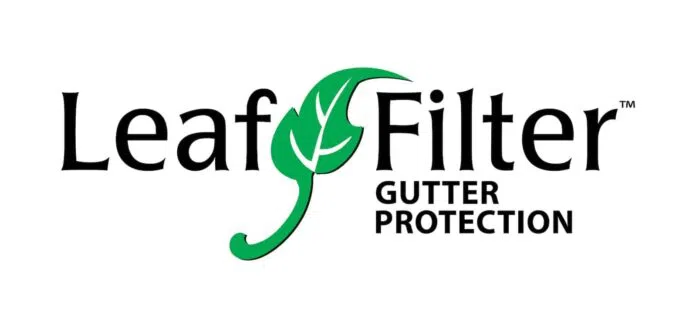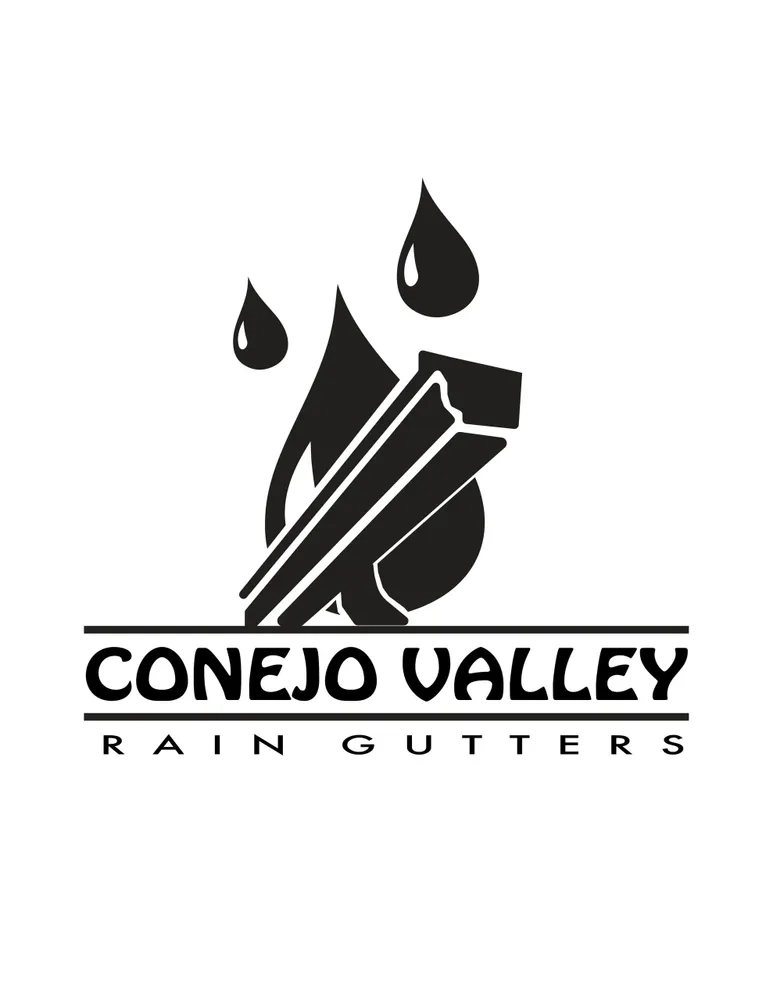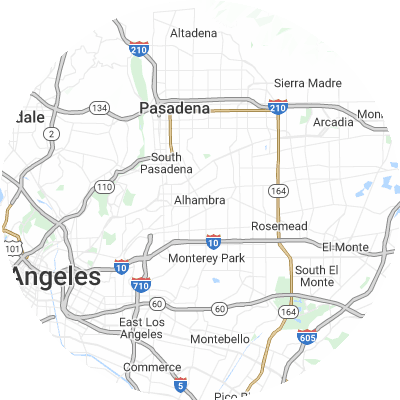Signs You May Need Gutter Guards
Gutter guards aren't required for all homes, but the signs of clogged and overflowing gutters are clear. Indicators of ongoing gutter troubles are:
- Frequent clogs that lead to overflow and water spilling over gutters
- Leaky joints or seams where water leaks from the gutters
- Visibly saggy, damaged, or misaligned gutters that no longer direct rainwater correctly
- Mold growth, peeling exterior paint, or interior water stains on walls near gutters.
- Soggy ground or visible erosion around your home's foundation
How To Choose a Gutter Guard Installer
Assess Their Experience
Companies with extensive gutter guard installation experience that have worked with various styles and models will know how to measure accurately and install guards to your home’s unique dimensions. Get in touch with these providers to learn about their experience and ask for local references.
Verify Proper Licensing and Insurance
Always verify professional gutter guard installers are licensed, bonded, and hold workers compensation and general liability insurance. This protects you from liability for any injuries or accidents that might happen. Ask to see current licensing and insurance papers when evaluating potential providers.
Choose Reputable Brands
Look for companies that carry leading gutter guard brands like Gutter Helmet and LeafFilter. Avoid companies that only install their own off-brands or generic no-name guards, which may lack rigorous testing.
Seek Custom Fit Services
For optimal performance, gutter guards need to be custom-fitted to match your specific gutter setup. Choose a company that uniquely sizes and cuts guards specifically for your home, rather than using generic guards. Accurately fitted guards will leave no gaps for debris to get stuck.
Examine Warranties
Top gutter guard companies usually provide 20-year or lifetime warranties covering leaks, clogs, rust, and other defects. Before selecting a provider, read over its warranty terms for workmanship and materials guarantees. Warranties are the most effective way to protect your gutter investment.
Check Reviews and Referrals
Take some time to look at online reviews on Yelp, Google Reviews, the Better Business Bureau (BBB), and other review sites to see customer feedback. Ask neighbors to suggest companies that provide quality local gutter guard installation. When researching, look for providers with a history of steady positive reviews rather than just a single recommendation.
Types of Gutter Guards
The six primary gutter guard types are as follows:
- Foam guards are lightweight and easy to install. The foam collects debris and keeps it out of your gutter. On average, you can expect to pay $2.45 per linear foot for foam guards.
- Brush guards are made of large brush bristles that partially obstruct your gutters, allowing water to pass through while stopping debris. On average, you can expect to pay $4.03 per linear foot for brush guards.
- Screen guards have large holes that allow water to pass through while keeping debris out. Screen guards cost around $4.10 per linear foot.
- Mesh guards have smaller holes than screen guards and similarly catch debris while letting water flow through. These guards are durable and encourage debris to slide off rather than sit on your gutters. On average, you can expect to pay $3.91 per linear foot for mesh guards.
- Micro-mesh guards are normally the most effective. They have smaller holes than standard mesh guards and let even less debris through. Micro-mesh guards cost around $5.00 per linear foot.
- Surface tension guards, sometimes called reverse curve guards, use surface tension to encourage debris to slide off while water flows into the gutter. They can usually be seen from the ground. Surface tension guards cost around $3.03 per linear foot.














